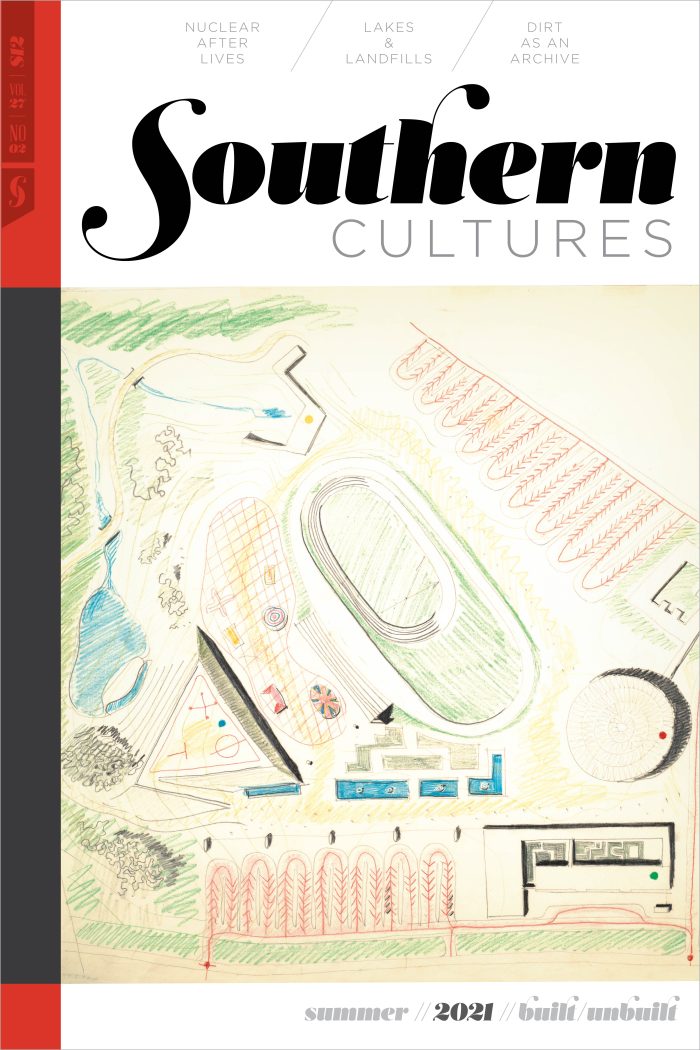“Entering the park was like visiting an idealized past.”
As Clement A. Evans, the Confederate general turned Methodist minister, mounted the makeshift pulpit and surveyed his surroundings on April 27, 1890, Atlanta’s Grant Park appeared more like a military camp than a public pleasure ground. Rows of white tents were erected on the greensward and hundreds of aged veterans milled about them, or huddled over campfires, as they waited for the sermon that would bring the weekend-long Confederate reunion to a close. Evans began his address with an appeal to the bond that the twinned hardships of the Civil War and Reconstruction had forged between him and his audience: “We were comrades in camp, in march, in battle; comrades through all that we have suffered since; comrades today in our common faith, and I trust we shall be comrades forever.” As he enchanted his audience with promises of a prosperous future, Evans urged his listeners to maintain their “old-time integrity, simplicity, chivalry and Faith.” Though “the war did not end just as we expected,” he explained, “the God of battles has been with us and He is turning upon us a present wealth of blessing in peace that shall fulfil our most patriotic hope.” It was through the combination of an established white southern identity and material progress that the South would achieve a cultural victory in place of the military victory that had eluded it twenty-five years prior.


